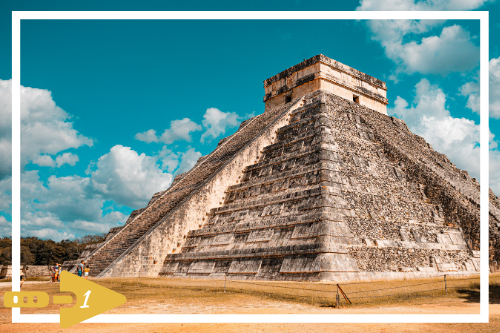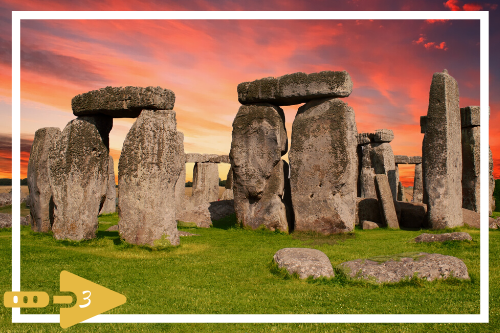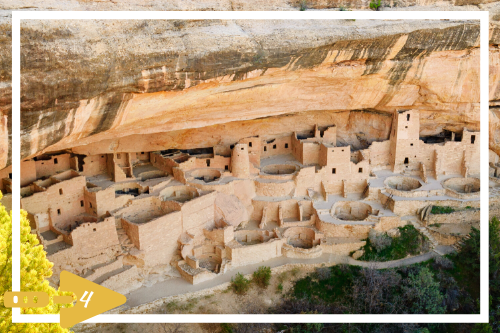
Can You Dig It?
Dr. Arty Fax’s Archy Facts is a weekly blog introducing kids (currently stuck at home) to the exciting world of archaeology!
Last week we looked at different ways that archaeologists can “see” underground. Do you remember how crop marks can help archaeologists locate sites? This week we are going to get dirty….with EXCAVATION. Think of excavation as organized digging. This is how archaeologists uncover archaeological sites, carefully removing layers of dirt and noting the precise location of any artifacts and site features. I’m sure you remember that ARTIFACTS are any items made or used by people, like arrowheads and pottery. FEATURES consist of the unmovable parts of a site that show human activity – think of floors, walls, and fire pits. Imagine in the future that archaeologists are excavating your room. The archaeological site (your room) contains features (doorway, walls) and artifacts (your toys, books, and video controllers).
 Do you know what archaeological site is pictured at the top?
Do you know what archaeological site is pictured at the top?
Scroll down to find out!
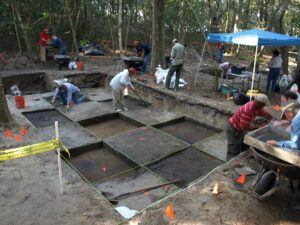
Trowels among many other tools are used during excavation. 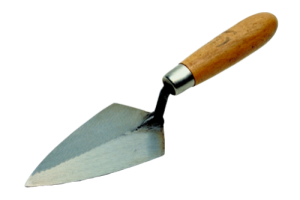 Since excavation is a destructive process (you can’t really put the site back the way it was), archaeologists are very careful where and how they dig. That is one of the reasons why recording all the artifacts and features are so important.
Since excavation is a destructive process (you can’t really put the site back the way it was), archaeologists are very careful where and how they dig. That is one of the reasons why recording all the artifacts and features are so important.
Sometimes archaeologists will excavate in large areas, guided by site features, but often they will dig in square units based on a grid system. Do you have an idea why we like to dig square holes? 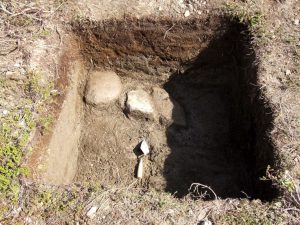 Do you think it would be better to dig in any shape you wanted? Archaeologists like to dig this way, because it helps to organize the things we find, making for more accurate records and maps. Each artifact that is found is recorded by not only which square hole, or UNIT, it was located, but also how deep in the ground it was found. Next week we will look at how sites are formed by different layers over time, each one deeper than the next.
Do you think it would be better to dig in any shape you wanted? Archaeologists like to dig this way, because it helps to organize the things we find, making for more accurate records and maps. Each artifact that is found is recorded by not only which square hole, or UNIT, it was located, but also how deep in the ground it was found. Next week we will look at how sites are formed by different layers over time, each one deeper than the next.
Excavations can range in scale from large monumental structures down to 1×1 meter or smaller test pits. TEST PITS are small dig units that are used in the beginning stages of a site investigation, helping archaeologists preview the site before a full scale excavation.
Archy Facts @ HOME ACTIVITY
Make your own dig at home!
DIY Dig
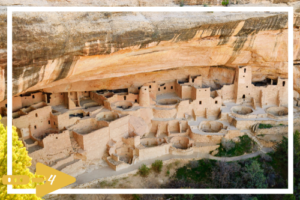
![]()
Cliff Palace at Mesa Verde
Colorado, United States
Fun Facts:
The Cliff Palace was built around 1190 AD by Ancestral Puebloans and is the largest cliff dwelling at Mesa Verde. There are 150 rooms built out of stone, mud mortar, and wooden beams. Most of the structures were residential. Can you imagine living on a cliff? What a spectacular view! There are also large rounds rooms called Kivas, which may have been used for rituals and ceremonies.
Read more about Mesa Verde here and here.
Want to learn more?
Check Out:


